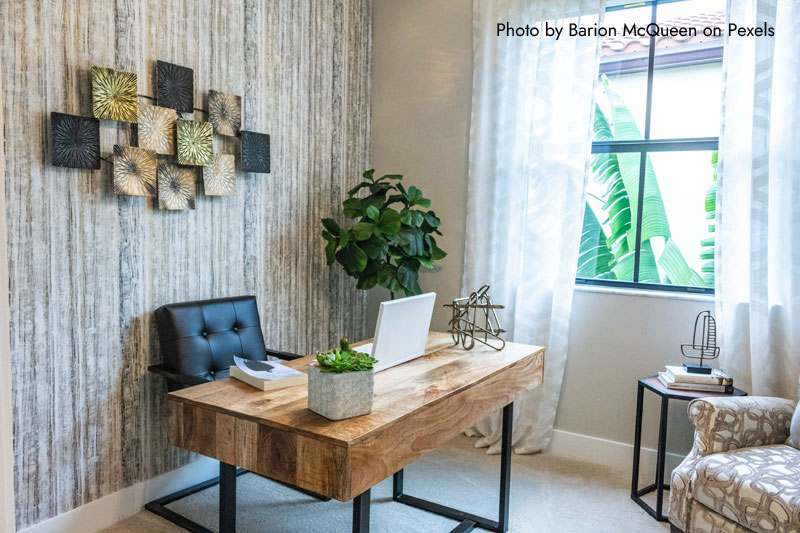3 Tips to Safely Move Your Home Office
Like the kitchen in any home, the home office is a complicated room to move. It often contains expensive, heavy office furniture, important and sensitive documents, and expensive electronics. And as the modern office has become more integrated, it’s also much more challenging to move.
The following tips can help ensure your office move is efficient and safe, which reduces your downtime and limits the risk of damage or loss of important equipment and documents.
- Start planning well in advance. As with most things in life, the more thought-out an office move is, the more likely it is to be successful. Office moves are complex, even when they are in the home. You have network connectivity to consider, fragile items, security devices that may be implemented to reduce the risk of cybercrime, and, in many cases, troves of data. You will have to spend some time considering how to coordinate and prioritize all of these elements to minimize downtime and prevent the loss or damage of any items. And suppose you have sensitive data, such as personally identifiable data, that can be used for identity theft. In that case, you must also identify a way to move the data to prevent others from accessing it if it is lost (such as using encrypted files that require passwords and multi-factor authentication). There are ways to address any challenge, but the key to doing it successfully is often planning well before the move.
- Hire a professional moving company. Movers are well-versed in handling fragile items like computers and other electronics. And while you often have sufficient time to move your home at leisure, most employees don’t have the luxury of taking their time during a move. Employers will want you back to full capacity as quickly as possible, and one of the best ways to achieve this goal is to hire a professional moving company that regularly deals with IT equipment and office materials. While it costs more to hire professional movers, it can often be less expensive than experiencing greater downtime or replacing lost or damaged equipment. And if sensitive, unsecured data is lost, you face the potential of suffering a data breach, which can be incredibly costly and damaging to your company’s or your employer’s reputation.
- Label things. While labeling is always a good practice during any move, it can be especially useful when moving your office. Since you will want to get your equipment set up and operational as quickly as possible, the last thing you want to do is lose time rummaging through boxes to find what you need. Proper labels will ensure you know where everything you need for your home office is, which is the key to helping you get everything set up quickly.
Moving these rooms will remain challenging as home offices become more popular and integral to the workforce, particularly those working remotely or in hybrid positions. However, these tips can help you safely move your home office, minimizing lost productivity and downtime while protecting your company’s assets. For more information about safely moving a home office, contact Quantum Moving today!
 Click to see our rating
Click to see our rating
